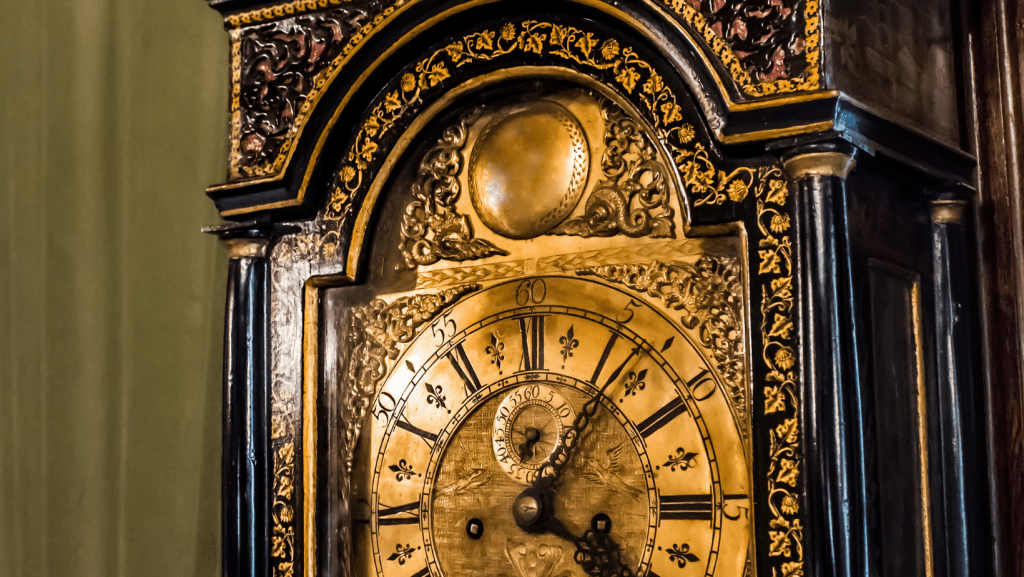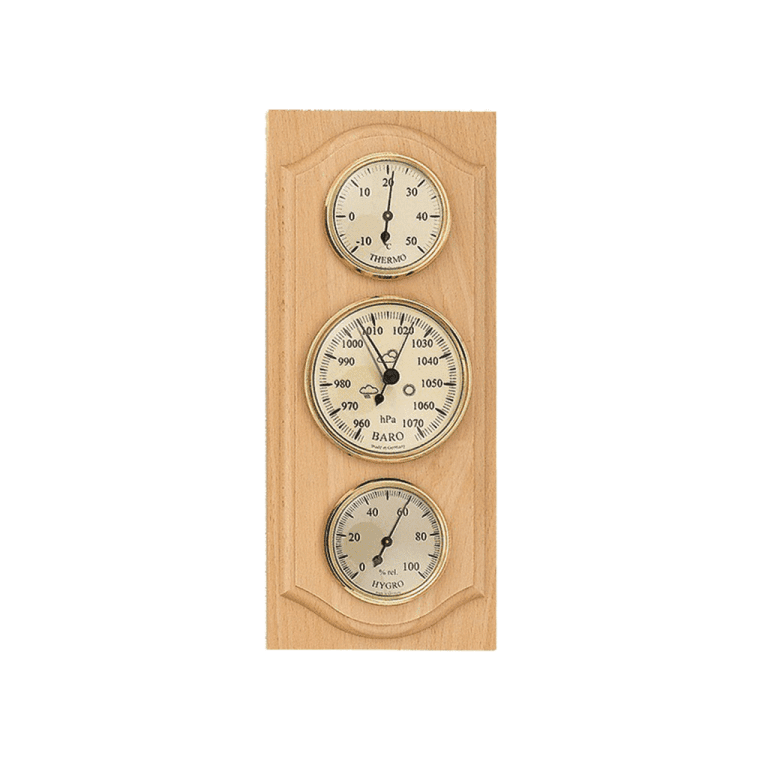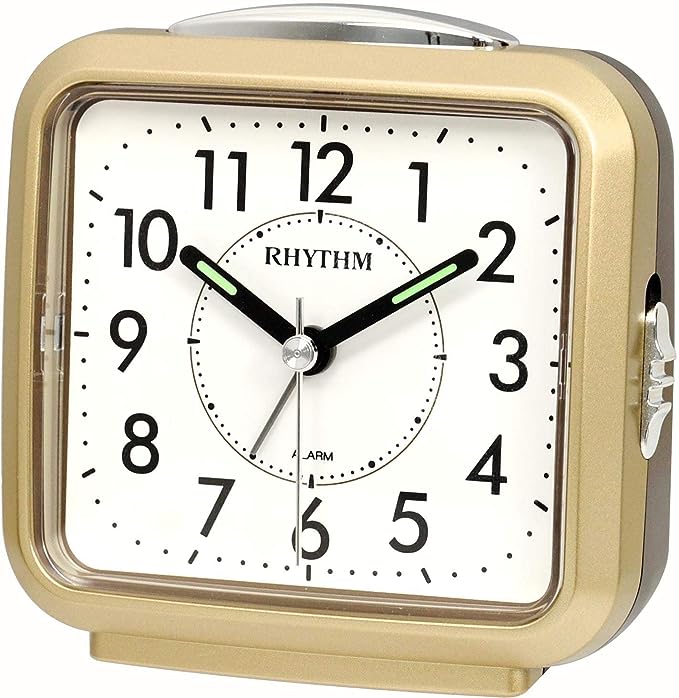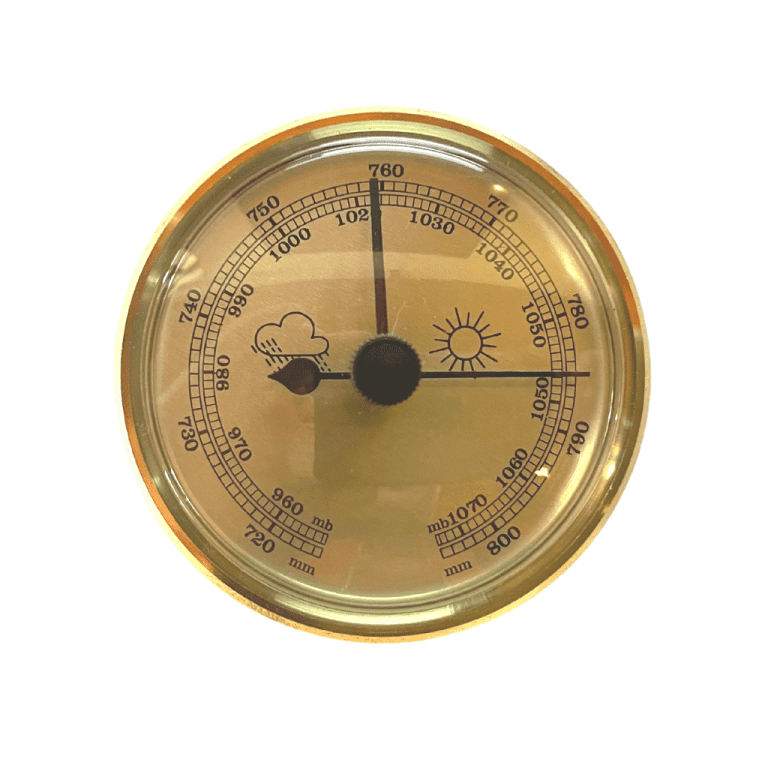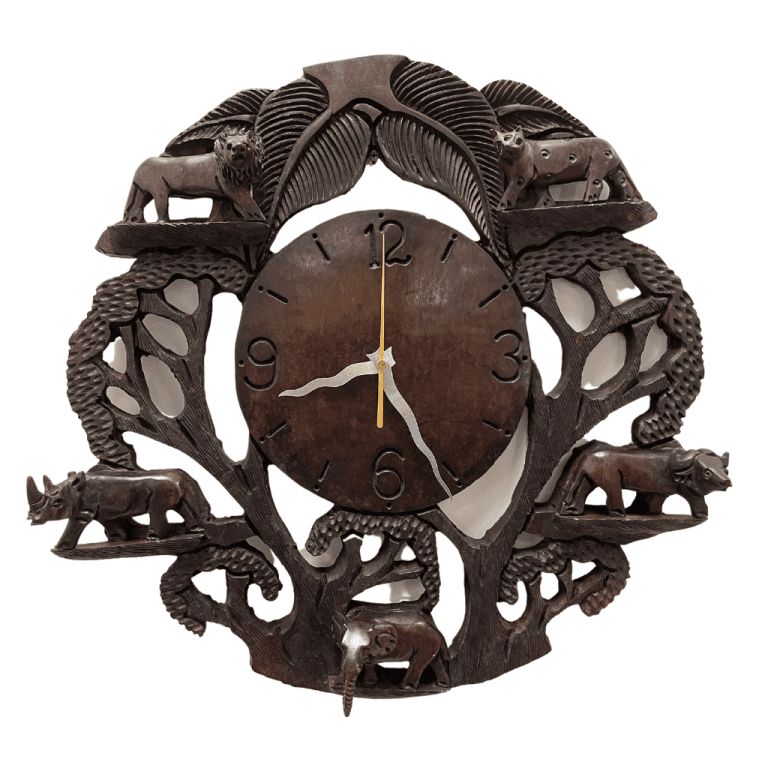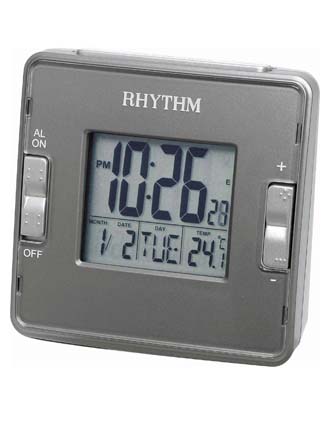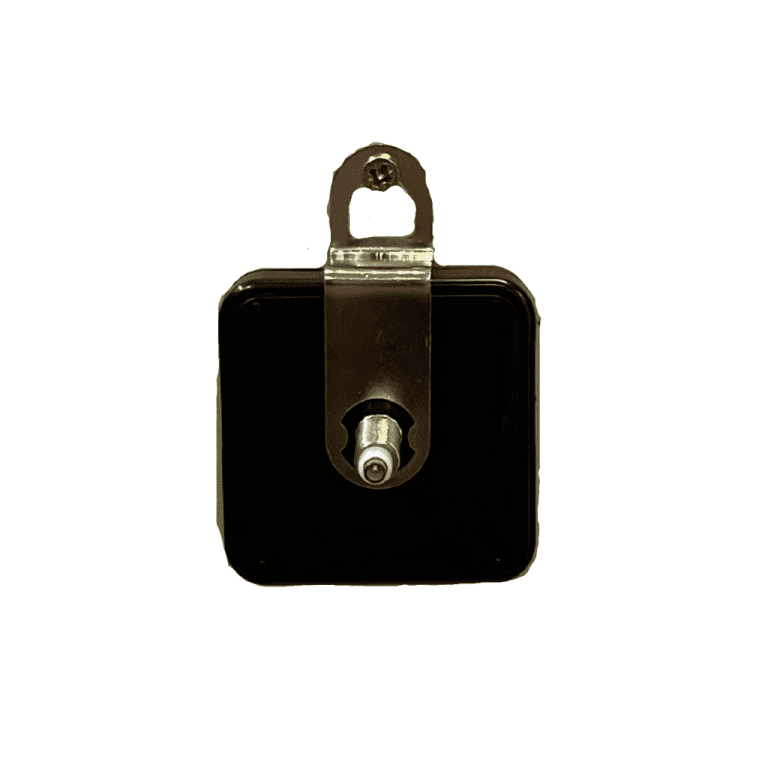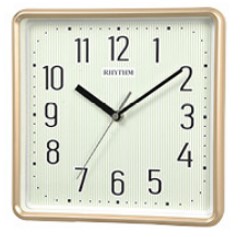Clocks are a popular decorative accessory these days, but is anyone other than our President using old-fashioned grandfather clocks? The Oval Office grandfather clock, made around 1800 by prominent Boston furniture makers, has graced that august room since 1975, lending a kind of cozy gravitas to the space. But what exactly is a grandfather clock? Let’s take a look at the history of these clocks and the bizarre story behind their name.
The long case, or floor clock, was invented in the mid-17th century, after Christian Huygens determined a formula by which a clockmaker could craft a pendulum that would complete one swing per second. Before this breakthrough, clocks were powered by weights or springs, neither of which was particularly reliable. To be accurate, though, the pendulum had to be long, hence the long case. Although early pendulum clocks were still not perfectly reliable, losing time each day, and needing to be wound regularly, they were still an improvement over the timekeepers of the past.
Not only were long case clocks good timekeepers, they were also new opportunities for fashionable decoration. At this time, many long case clocks featured a little round “belly” area where the pendulum swung, including a window so one could watch its movement — this new technology, a combination of physics and math and beautiful craftsmanship, must have been exciting to observe. As the decades progressed and styles changed, tall clocks continued to provide an opportunity for fashionable decoration.
It wasn’t until 1876 that long case clocks became known as “grandfather clocks,” thanks to a popular song based on an uncanny true story that I will recount in my best campfire tone. Our story takes place at the George Hotel in North Yorkshire, England, in the 1820s. The Jenkins brothers ran the hotel, and they had a long case clock that was notoriously reliable. BUT. When one of the brothers died, the clock began running slow. The surviving brother had clockmakers and repairmen in, but the clock just kept losing time, up to an hour each day. Then, when the second brother died, at 90 years old … the clock totally stopped working.
In the 1870s, an American songwriter named Henry Clay Work was staying at the George and heard the story behind the old stopped clock in the parlor. The song he wrote, inspired by the Jenkins’ story, was called Grandfather’s Clock, and became his best-known song, selling over one million copies of sheet music in America.
Here is the first verse:
My grandfather’s clock was too large for the shelf,
So it stood ninety years on the floor;
It was taller by half than the old man himself,
Though it weighed not a pennyweight more.
It was bought on the morn of the day that he was born,
And was always his treasure and pride;
But it stopp’d short – never to go again –
When the old man died.
After that 1876 chart-topper, long case clocks became known as Grandfather clocks. The form was not popular much longer, given the rise of electric and quartz movement clocks, so the ‘grandfather’ term quickly became apt.

